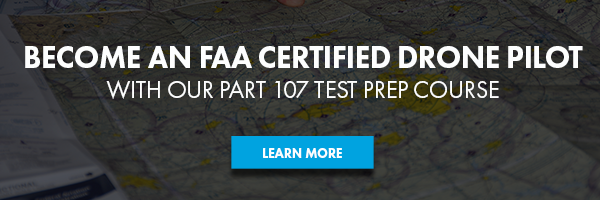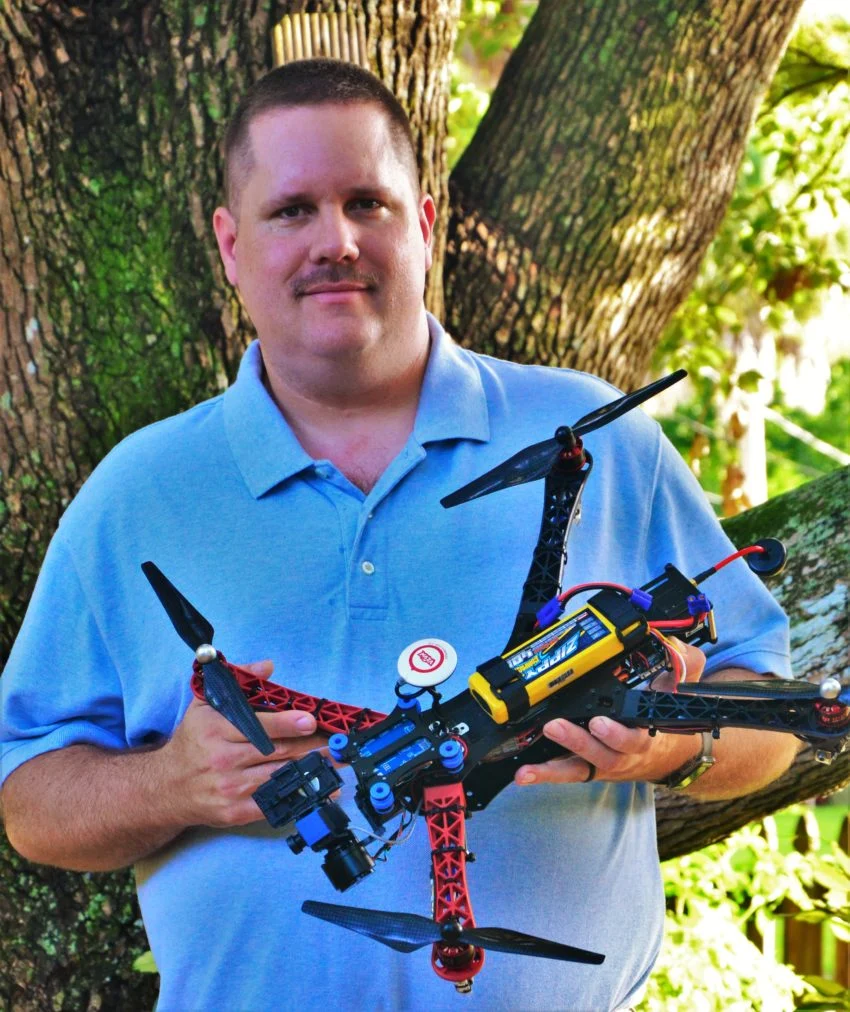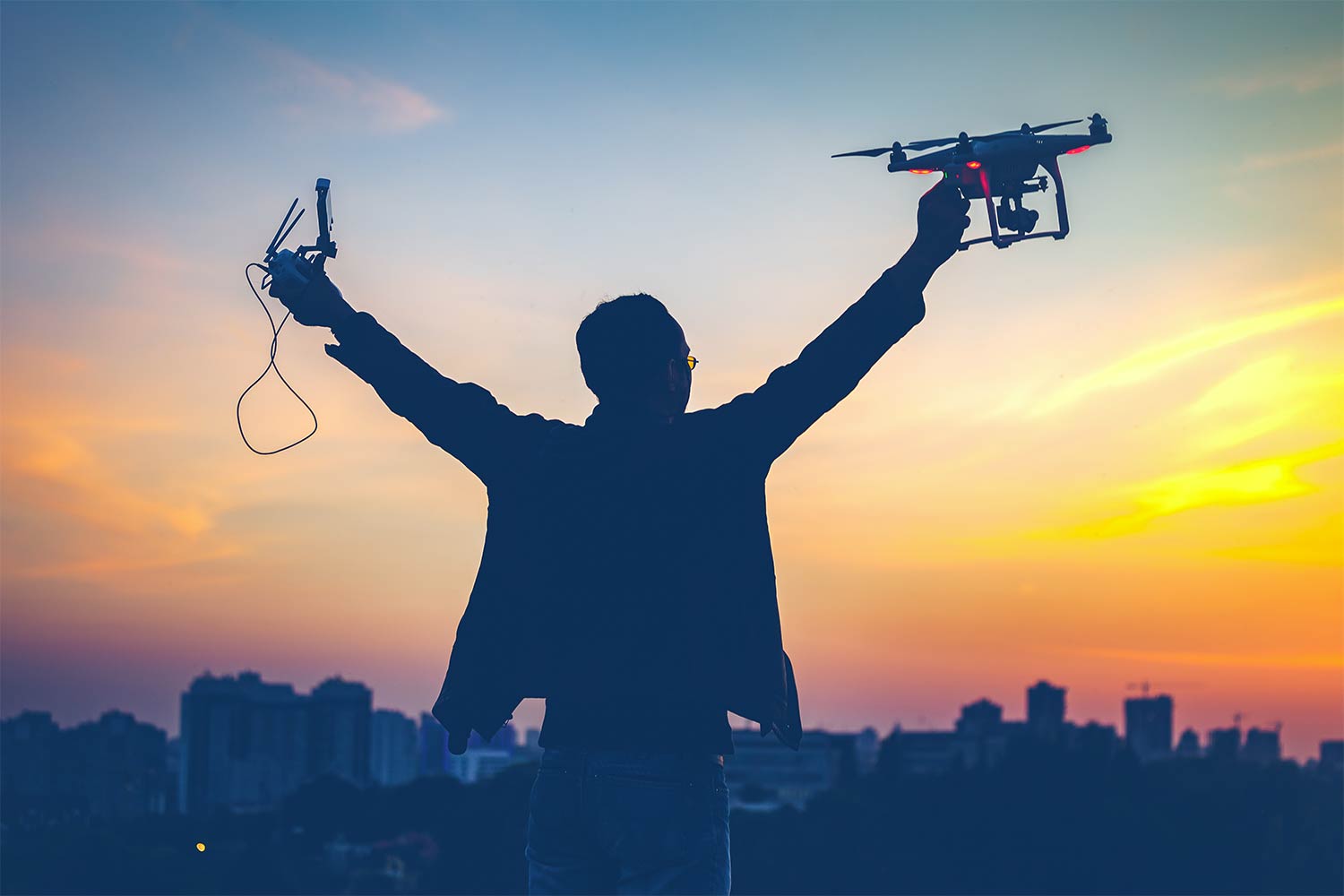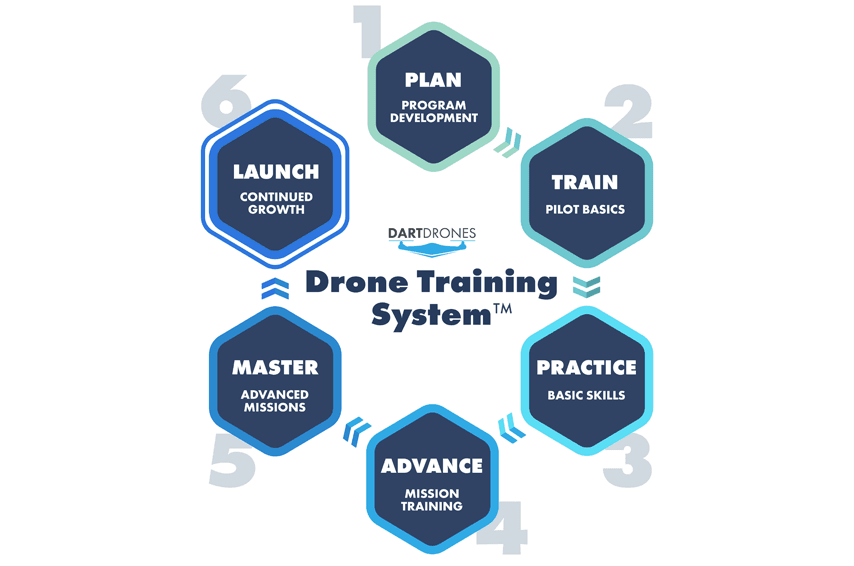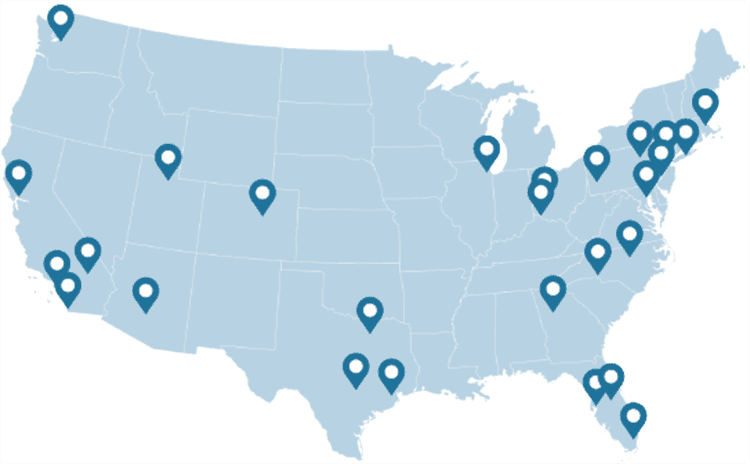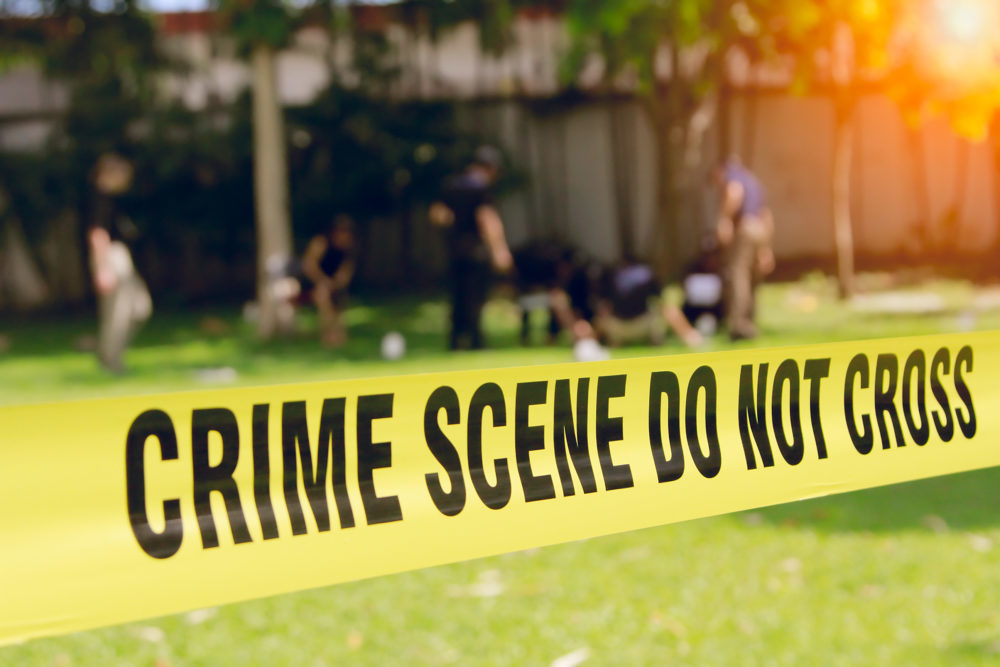
The Top 6 Reasons Police UAV Programs Fail
Why have some police UAV programs excelled tremendously and others fail instantly? What makes a police UAV program exceed? What can a police department do to increase the odds of a launching a successful program? This is the third in a series that looks at police UAV programs. Read the first post in the Police drone series.
Police UAV: Unit Successes and Failures
Right now, departments that utilize drones are few and far between. Agencies that use them often — and effectively — are even more rare. But with an exploding commercial market, the question must be answered as to why such an effective tool might be pushed to the wayside by public safety agencies.
While doing research during the development of my own agency’s UAV program, I spoke with a number of departments. Some tried UAV technology and then put it on the shelf. Others had the program expand, and now have extensive operational experience. Let’s concentrate on the reasons that programs become underutilized, or fall apart completely.
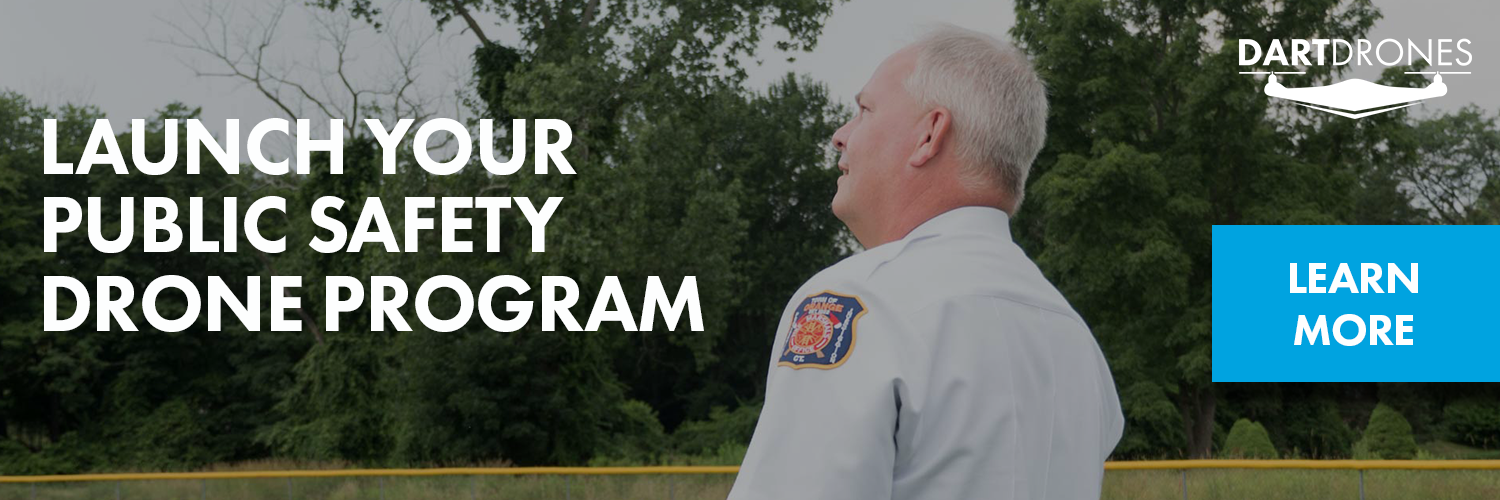
Even though each department was unique, similar hurdles seemed to trip up the ones whose UAV programs failed. The deciding factor for many of these agencies was how much determination they had to make the program succeed. As with any new technology development, the learning curve is steep. The following are some brief summaries of hurdles for UAV program developers, and solutions to overcome them.
1. Lack of Vision
For people who are not familiar with advanced drone technology, UAVs are simply a fun flying toy for your backyard; they’re not a tool with myriad practical uses. This lack of understanding wasn’t the only problem with a department’s vision.
Some are just resistant to change.
You will find people who are comfortable with the way things are done and will strive to keep anything from changing. Try to set up a demonstration day for your agency so that everyone is on board with the program and can also voice their concerns. The goal is to make officers more efficient and provide a safer working environment.
2. Cost of a Police UAV
 In 2014, I attended a class about law enforcement drones. The presenter was knowledgeable, but the average price tag of the UAV examples he used was $100,000!
In 2014, I attended a class about law enforcement drones. The presenter was knowledgeable, but the average price tag of the UAV examples he used was $100,000!
The prices floored me. I build my own fixed wing aircraft and multirotors for under $1,000, with similar capabilities and payloads. Several of the agencies I contacted completely passed over the “prosumer” drones that have become the mainstay of the commercial drone market, believing that they were too simplistic to be used as an effective, professional, tool. They instead concentrated on “public safety” specific drones. Many with the extremely high price tag to go along with the title.
There is no reason that a police UAV program cannot be successful with off-the-shelf prosumer drones from companies such as DJI, or Yuneec. You can find a drone to match just about any budget.
3. Lack of Community Support for Police UAV
One of the most important aspects of a successful UAV program is the support from the agency’s administration, the local government, and the citizens you serve.
The media has painted drones as a tool for intrusive surveillance, or dangerous machines that are destined to destroy life and property.
Many departments cast aside their UAV programs after public outcry regarding privacy. Some agencies developed their UAV program without informing the public, then faced severe criticism when the public saw the drones in use. Agencies that succeeded did so because they developed the program with transparency, and involvement of the public.
If your department is involved in city events, take the initiative and introduce the UAV program to the public in person.
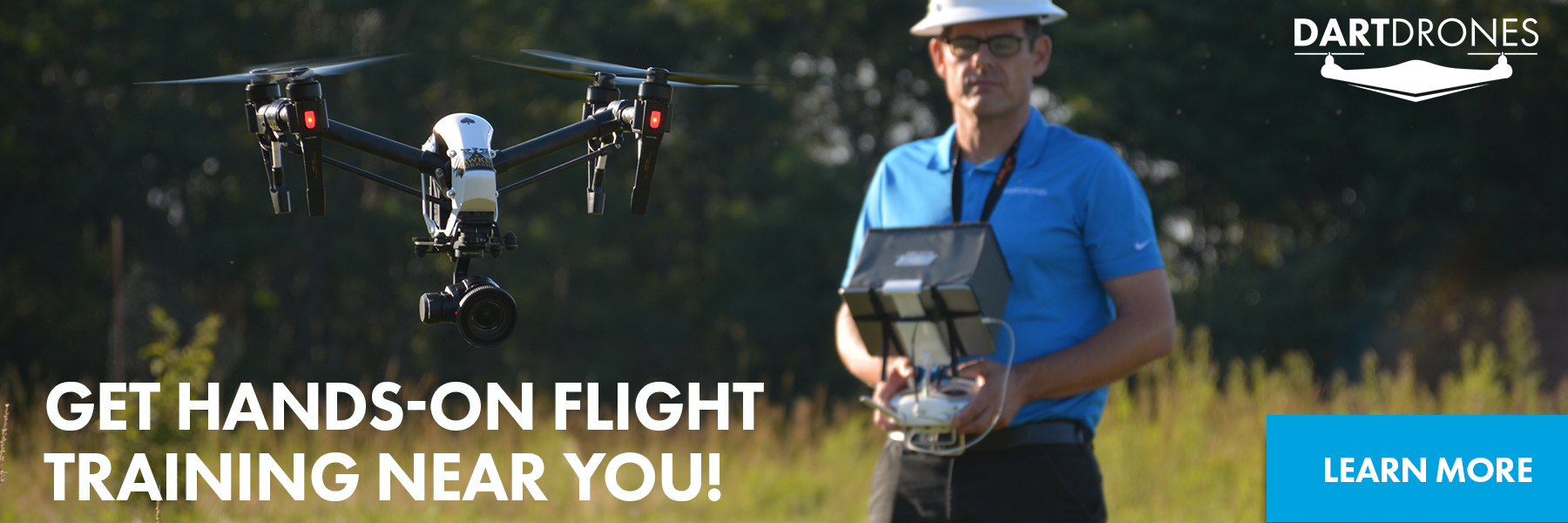
4. Fear of the Unknown
The knowledge needed to operate a UAS can intimidate many people without an aviation background. Therefore, the certificate of authorization (COA) process stopped many departments from investing the time and resources into program development.
The COA can still be a good option for agencies, but with the introduction of part 107, many agencies have begun to revisit their UAV program. There is no easy way around it, the knowledge required is technical and extensive, but it is not impossible to learn by any means. Drone flight school, including DARTdrones, have created courses that can help a drone pilot get their Part 107 certificate with about 20 hours of studying.
5. Insufficient Case Law Precedent
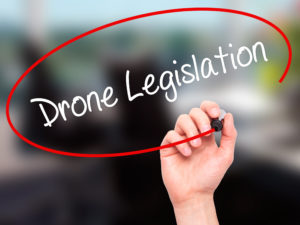 The speed with which drones have been adapted for commercial uses is staggering. But with these increased capabilities comes the requirements to regulate the technology. Sadly, many legislators, from small town city council members to federal congress members, have very little practical interaction with drones.
The speed with which drones have been adapted for commercial uses is staggering. But with these increased capabilities comes the requirements to regulate the technology. Sadly, many legislators, from small town city council members to federal congress members, have very little practical interaction with drones.
As stated earlier, many of the past stories produced by the media have painted drones in a negative light. Thankfully, this misconception changes as people see drones as a practical tool. But, with this lack of knowledge comes regulations created more by emotion than by logic. It can be difficult, if not impossible to find case law precedent regarding drone use, and the respective regulations. This will improve with time as drone use become more commonplace.
6. Liability Concerns for a Police UAV
Liability is typically at the top of the worry list for any agency. That’s justifiable.
Ask any crowd of people how many have flown a drone. Then out of that group, ask how many have crashed a drone. The number will typically be approximately 80 percent.
The question is, why is that number so high? Easy answer: lack of training.
Aviation has the safety record it has for one reason: extensive training, along with ongoing education, required at all levels. Many new UAV pilots have very little hands-on experience flying drones. And with the new drone technologies, taking off can be as easy as a finger swipe. And return home can be as easy as pushing a button. Does that really make that person a safe pilot? Even today’s prosumer drones are sophisticated aircraft. Quality training is not an option, but a requirement. DARTdrones offers drone training custom tailored for police and fire departments.
Never Quit
Many agencies use the mantra of “never quit” for defensive tactics training. The same phrase can easily apply to your UAV program development.
You will run up against obstacles. A lot of learning must be done. Departmental and governmental hurdles have to be to overcome. And people will be out there who don’t want you to succeed.
But the reasons to utilize UAVs for public safety — saving and protecting life — outweigh all of these negatives. Although your program development might not move forward as smoothly as you would like, never quit. Someday, someone’s life might hang in the balance, and your UAV and pilot are the difference between life and death. That will be what makes all the hard work worthwhile.
This article is part of a series designed to help police departments launch a police UAV program. Read our other articles here:
- Launching a Police Drone Program: The Chief Wants One, Now What?
- Law Enforcement Drones Can Address an Agency’s Need
Mike Uleski is one of DARTdrones many expert pilot instructors and also a public safety officer. He has written extensively for DARTdrones about how police can use UAVs. He wrote this post about police UAV programs.
